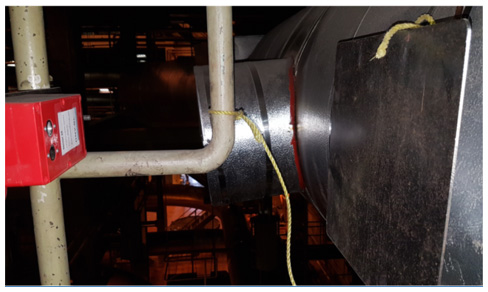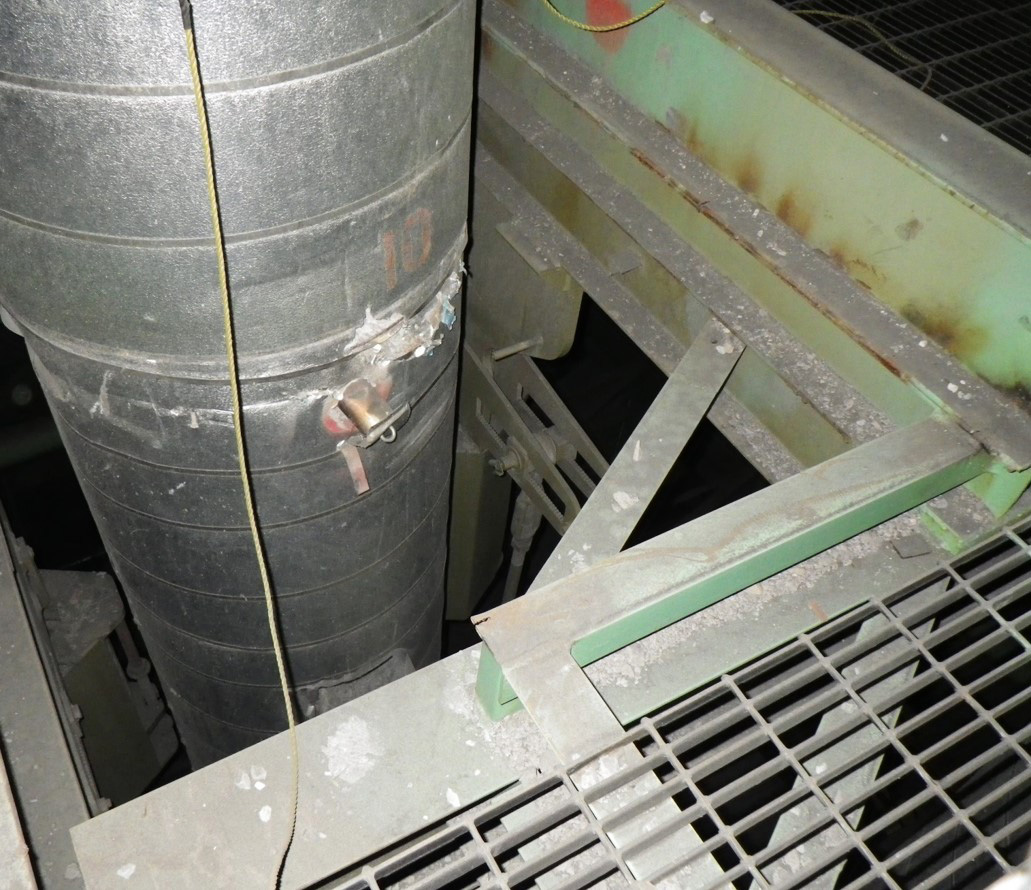LIDAR Technology Enables ATCO Power to Minimize Pipe Damage as a Result of Flexible Operations
Informed by EPRI research demonstrating LIDAR as an effective tool to measure pipe displacement in power plants, ATCO Power used the technology at Sheerness Generating Station to determine that displacement varied depending on startup, shutdown, and ramping procedures. “As a result of the procedural changes implemented, we’ve seen a dramatic reduction in pipe displacement,” said ATCO Chief Inspector Derek Rasmussen. “Our technicians are aware that we’re using LIDAR to track pipe displacement, and that prompts them to take their time and adhere strictly to the revised procedures.”
What do archaeologists and power plant operators have in common?
In a recent breakthrough in archaeology, researchers used laser-based light imaging detection and radar (LIDAR) technology to digitally erase trees from aerial images of a Guatemalan jungle and locate the ruins of thousands of Mayan houses, palaces, and roads. Now, ATCO Power’s Sheerness Generating Station in Alberta, Canada has applied the same tool to adapt plant operations to changing patterns of power generation.
With growing renewable generation, low natural gas prices, and other market forces, coal plants designed for continuous, high-output operation increasingly operate in flexible modes such as turndown (operating at reduced output), load-following (following the ups and downs of the daily load cycle), and cycling (turning off the plant daily, followed by a “hot start” in a few hours).
The resulting temperature changes can cause pipe systems to expand and contract, which can displace structural elements and shorten a piping system’s life. Operators at Sheerness Generating Station and other power plants in North America have observed damage in piping insulation and suspect that the cause is flexible operations.
To research this theory, EPRI tested several methods and tools that measure displacement of pipe structures, including LIDAR, draw wire sensors, sonar, and stereo imagery. The research demonstrated LIDAR to be the most reliable, accurate, and cost-effective.
LIDAR determines distances by pointing a pulse laser beam at an object and measuring the time it takes for the reflected signal to return. The laser can pulse continuously to track a pipe’s changing position during plant events such as shutdown and power-up. When LIDAR is used along with a system to transmit and collect the data, operators can assess how plant operations result in pipe displacement.
Informed by EPRI’s findings, ATCO decided to deploy LIDAR at Sheerness along with a wireless communications system that enables users to easily store, transmit, and analyze the data. Historically at Sheerness, most pipe damage resulted from shutdown and startup associated with maintenance. Data showed that the extent of pipe displacement varied depending on adherence to the startup, shutdown, and ramping procedures.
“We determined that operations teams that strictly follow procedures did not detect any pipe displacement,” said Derek Hansen, who works in the thermal engineering group at the Sheerness plant. When displacement was detected, supervisors identified and corrected any steps or tasks that were omitted or delayed, such as verification of a valve opening and closing.
“As a result of the procedural changes implemented, we’ve seen a dramatic reduction in pipe displacement,” said ATCO Chief Inspector Derek Rasmussen. “Our technicians are aware that we’re using LIDAR to track pipe displacement, and that prompts them to take their time and adhere strictly to the revised procedures. It’s kind of like having a speed camera in a playground zone.”
Encouraged by ATCO’s results, EPRI has launched a project to deploy LIDAR at power plants operated by seven other utilities and research the technology’s potential applications and benefits.
Key EPRI Technical Experts:
Stan Rosinski
For more information, contact techexpert@eprijournal.com.
Additional Resources:
Artwork by David Foster Graphics





